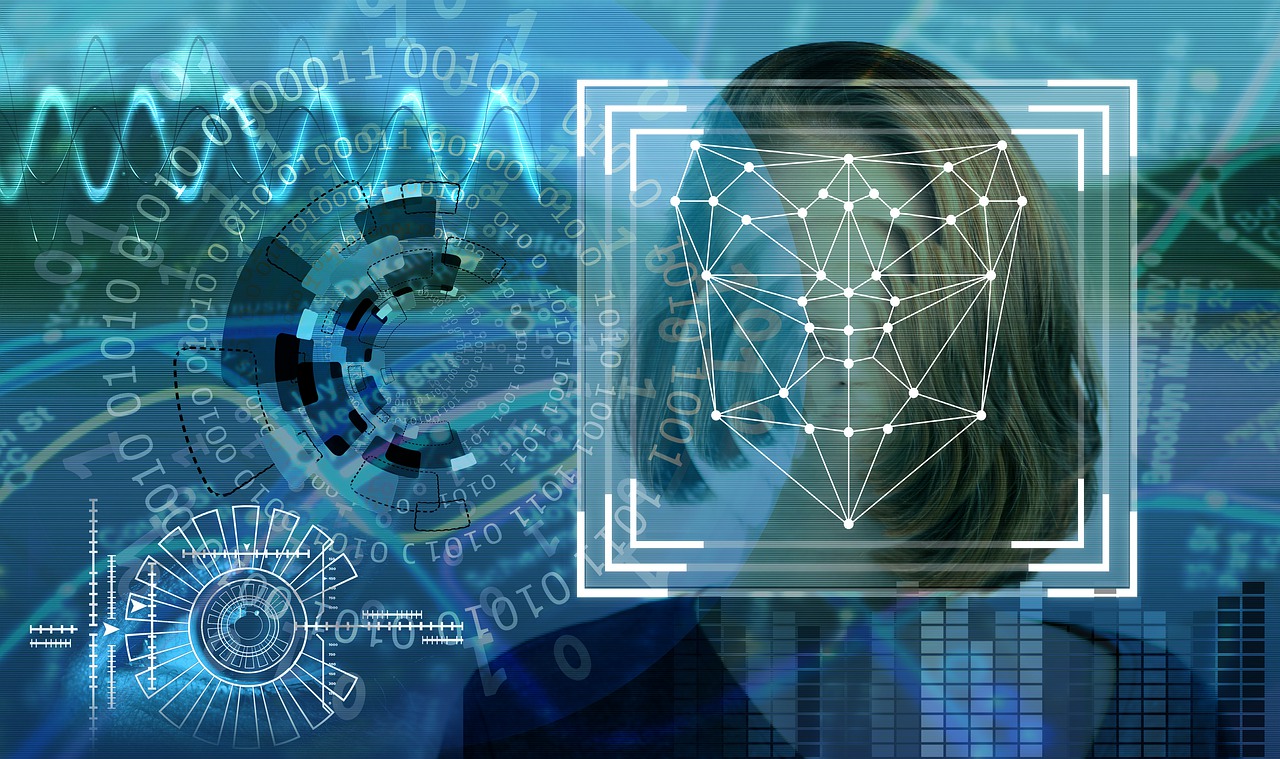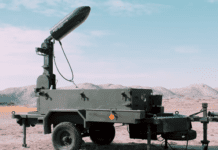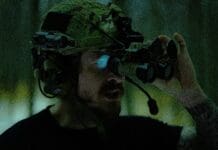This post is also available in:
 עברית (Hebrew)
עברית (Hebrew)
US law enforcement agencies spearheaded by the FBI have been hunting for anyone involved in the riots on Capitol Hill, some using advanced digital technology to find suspects.
Four people died as a violent mob of Trump supporters stormed the U.S. Capitol on January 6.
The countless photos of people – many of whom were not wearing masks or face coverings – online and on social media will make identifying suspects easier. The Capitol also has extensive security cameras which can provide a lot of evidence.
Investigators likely would look further at the individuals’ social media activity — their friends and their recent whereabouts for clues and others possibly involved, explained Michael Tabman, a retired FBI special agent in charge. “That’s seeing not only what each person did, but they are also going to look at the criminal conspiracy – where people conspired together to commit this crime,” Tabman told foxnews.com. “And even more importantly, is there more to come?”
Facial recognition technology is advantageous in studying photographs and videos from Capitol Hill. The countless hours of video — much of it taken by the rioters themselves and uploaded to social media — offers an ideal data set for facial recognition. Many scenes were captured from multiple angles, with good lighting, over several minutes. Few people wore masks.
Metropolitan Police have collected images of persons of interest and are now seeking help from the public. The images were shared with the hotel associations and other community partners along with the FBI, the regional airport authorities, etc..
The commercial-grade facial recognition technology available to police can compare images to those in government databases, including from state driver’s license records and criminal files to dramatically increase the potential for clear matches.
But while traditional facial recognition tools used by law enforcement depend on databases containing government-provided photos, Clearview AI, a facial-recognition app used by over 2,400 law enforcement agencies in the US, relies instead on a database of more than 3 billion photos collected from social media networks and other public websites. When an officer runs a search, the app provides links to sites on the web where the person’s face has appeared, according to nyt.com.
This is the reason why the company has become controversial, and after its existence and widespread use have been revealed by the New York Times last year, lawmakers and social media companies tried to curtail its operations. Following the Capitol riots, however, the company has seen a spike in use, claiming there was a 26 percent increase of searches over their usual weekday search volume.
Privacy advocates have warned that such a dramatic event could prompt an expansion in the use of the surveillance technologies in a way that could erode civil rights. But the investigation highlights how government officials already have broad legal authorities to use them how they see fit.

























